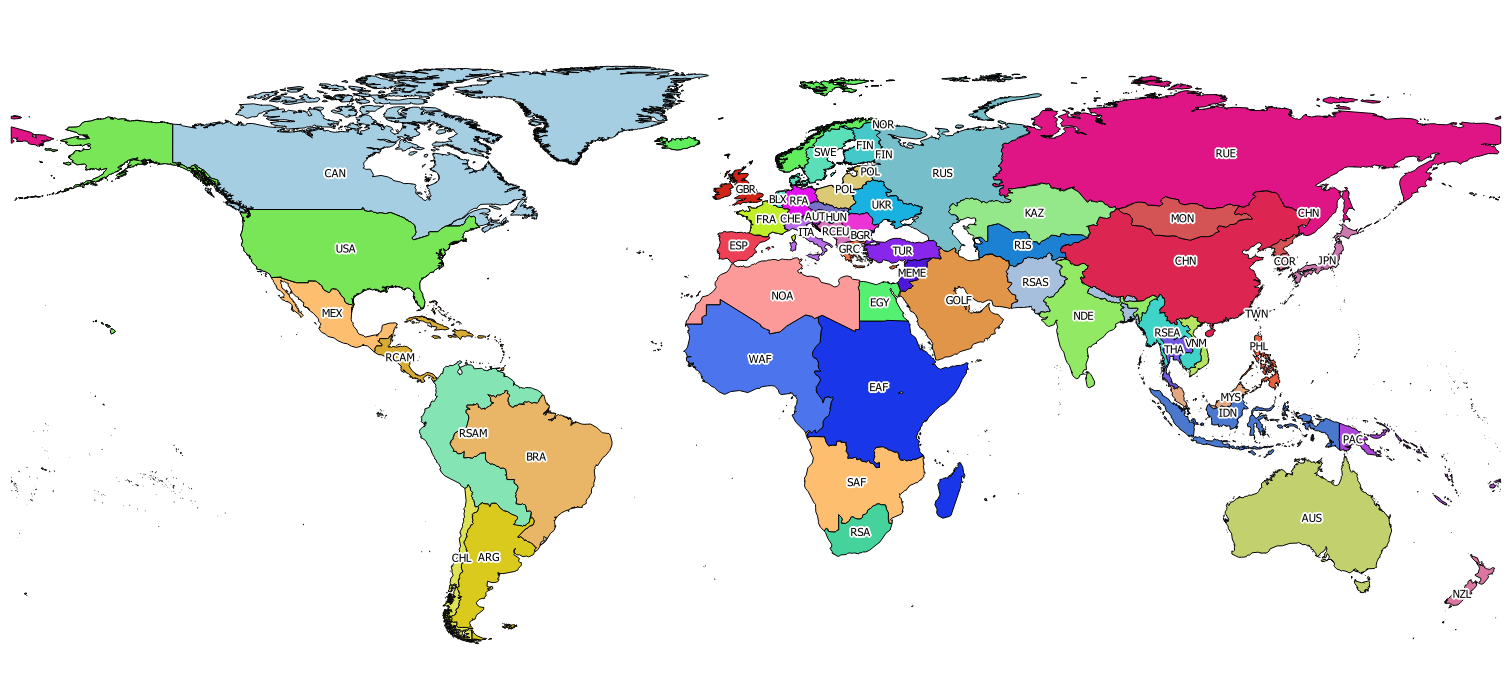FASST web tool
In this site is provided access to a web version of the FASST tool specifically designed to compare a scenario (policy case) with a counterfactual case (baseline). The target policy domains are national to regional air quality policies, or air pollutant scenarios linked to other policy domains (e.g. climate policy). The tool is particularly user-friendly, web-based, flexible, does not require any coding or modelling experience and can be applied from the global to the regional domain. The user can make use of a number of built-in scenario groups or apply custom emission scenarios. To access the web-tool click here.

